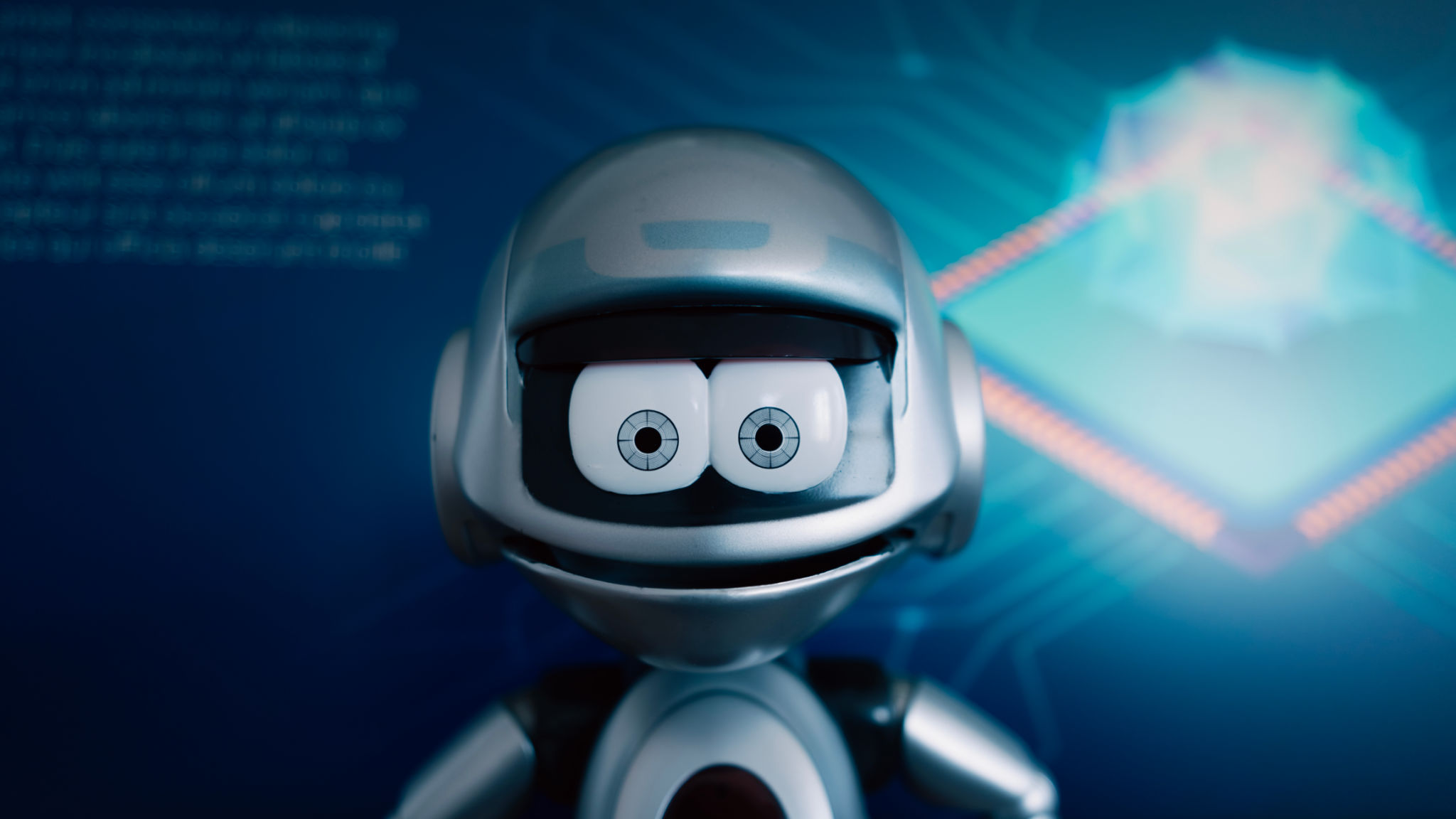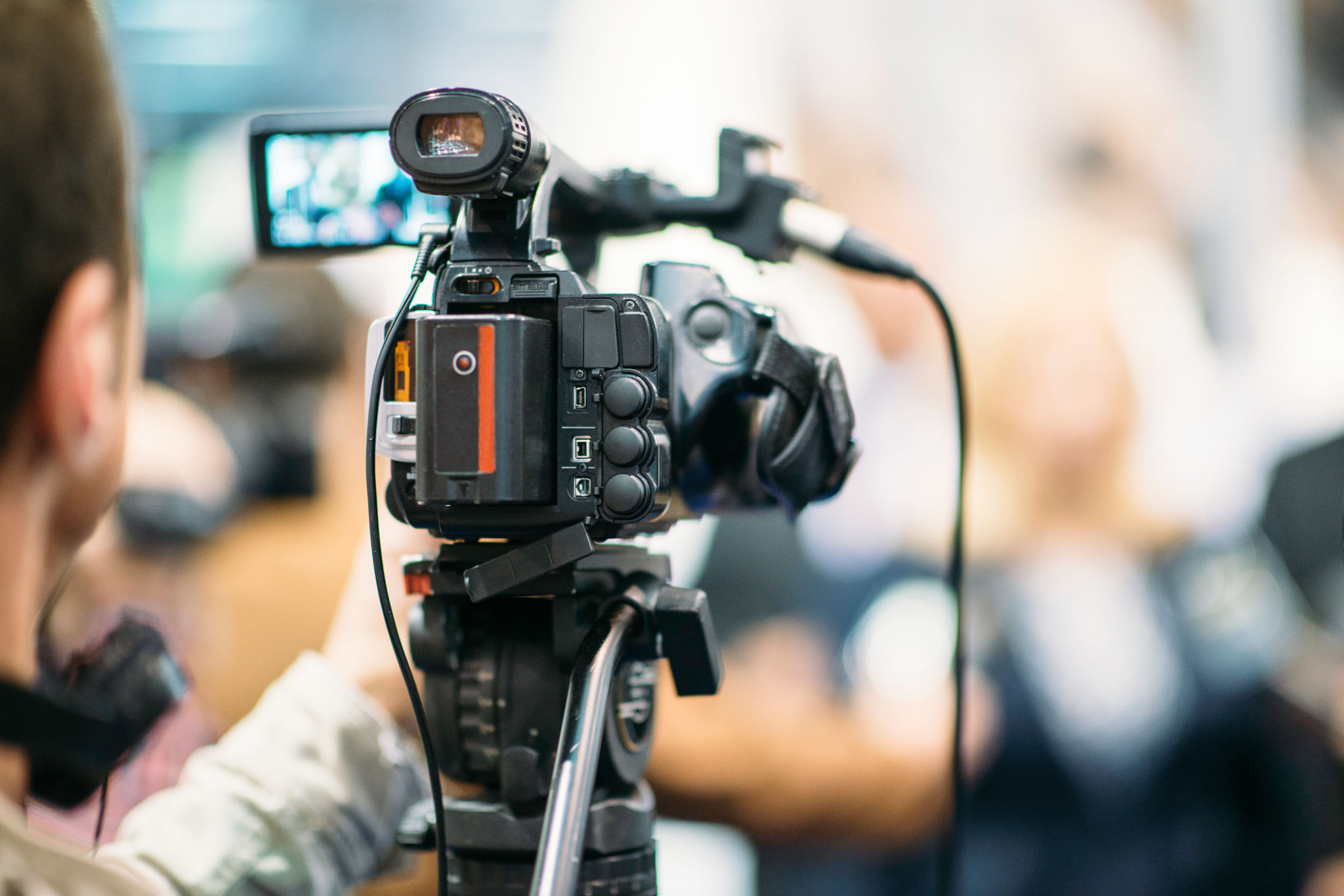Behind the Scenes: Using AI for Cinematographic Creativity
Introduction to AI in Cinematography
In recent years, artificial intelligence has become a transformative force across various industries, and the world of cinematography is no exception. From pre-production to post-production, AI is reshaping how films are created, offering filmmakers new tools to enhance their creative visions. This behind-the-scenes exploration delves into the ways AI is being harnessed to push the boundaries of cinematographic creativity.
Pre-Production: Streamlining Creativity
The process of bringing a film from concept to screen begins long before the cameras start rolling. In pre-production, AI assists filmmakers in several innovative ways. Script analysis tools powered by AI can evaluate and suggest improvements to scripts, enhancing dialogue and plot development. Additionally, AI-driven storyboard generators help visualize scenes efficiently, providing a clear framework for directors and cinematographers to build upon.

AI-Driven Cinematic Techniques
During production, AI technologies are employed to enhance cinematographic techniques. AI-powered cameras can autonomously adjust settings based on lighting conditions and shot requirements, ensuring optimal image quality. Moreover, AI is being used to design and control complex camera movements, allowing for intricate shots that would be challenging to achieve manually.
Another fascinating application is the use of AI in visual effects. Machine learning algorithms can generate realistic CGI elements, seamlessly integrating them into live-action footage. This not only saves time but also opens up new creative possibilities for filmmakers.

Post-Production: Revolutionizing Editing
In post-production, AI plays a pivotal role in editing and refining films. AI-powered editing software can automatically organize vast amounts of footage, identifying the best takes and even suggesting cuts based on narrative flow. This allows editors to focus more on the creative aspects rather than spending countless hours sifting through raw clips.
Color grading is another area where AI is making a significant impact. Machine learning models can analyze a film's mood and style to apply consistent color palettes across scenes, enhancing the visual storytelling of the film.

Enhancing Audience Engagement
Beyond the technical aspects of filmmaking, AI is also being used to enhance audience engagement. Predictive analytics can gauge audience reactions to different elements of a film, helping filmmakers tailor their content to meet viewer expectations. This data-driven approach ensures that films resonate more deeply with their intended audiences.
Challenges and Ethical Considerations
Despite its numerous advantages, the integration of AI in cinematography also brings challenges and ethical considerations. Issues such as data privacy, the authenticity of AI-generated content, and the potential loss of jobs in traditional roles must be addressed as the industry continues to evolve.
Filmmakers need to strike a balance between leveraging AI for creativity and maintaining the human touch that has always been at the heart of storytelling.

The Future of AI in Film
As technology continues to advance, the role of AI in cinematography is expected to grow even further. Future developments may include more sophisticated AI-driven storytelling tools and enhanced virtual reality experiences that immerse audiences in ways never before possible.
The fusion of human creativity and artificial intelligence holds immense potential for transforming the cinematic landscape. As filmmakers continue to explore this synergy, we can look forward to a new era of storytelling that captivates and inspires audiences around the world.